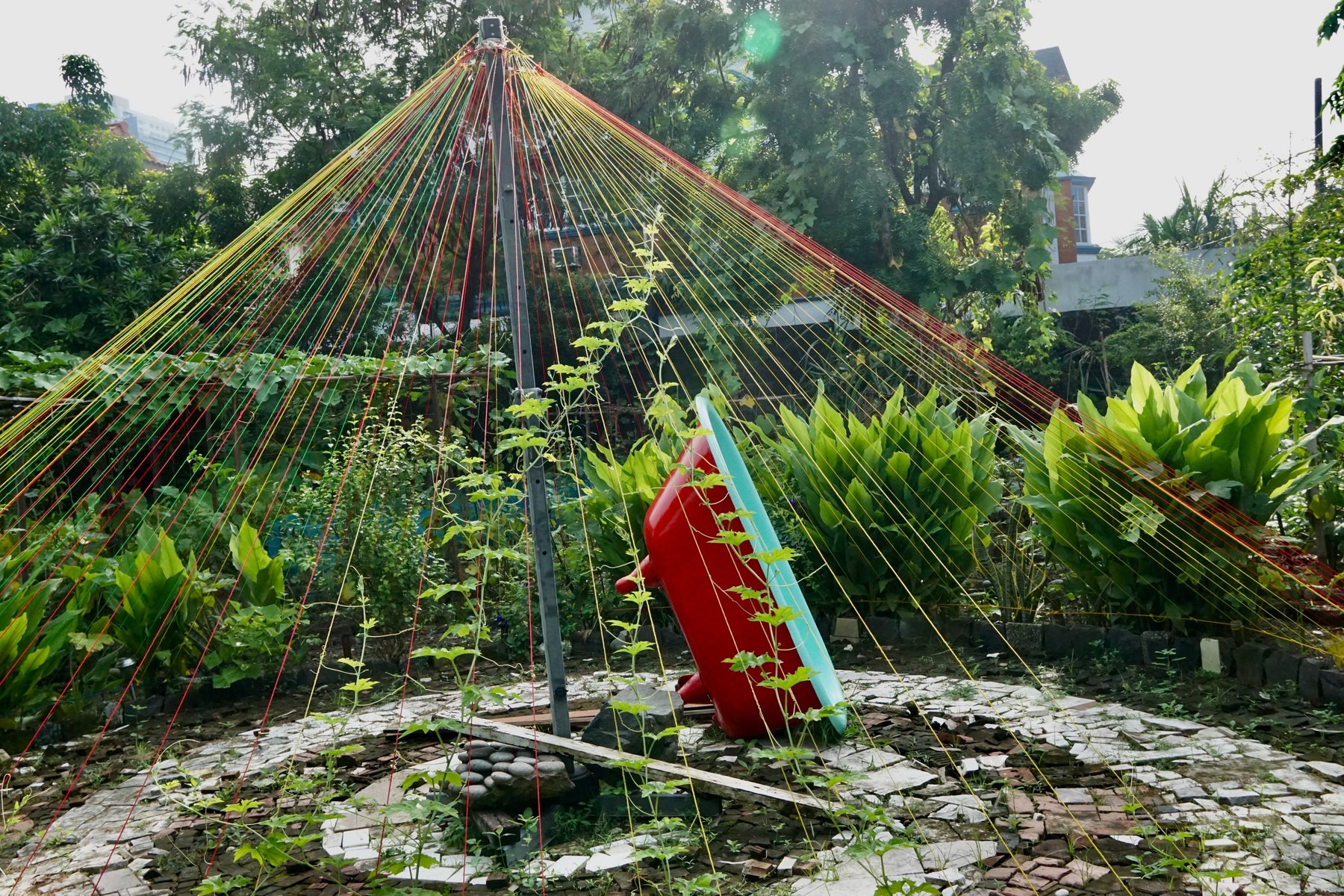Retrouvez ici les indispensables et meilleures ventes pour nos propriétaires de bassin.
Retrouvez ici les indispensables et meilleures ventes pour nos propriétaires de bassin.

Here we will see the design principles of permaculture gardens . Permaculture is not a gardening technique. It is rather the conscious use of the natural elements present in the environment of the garden to be designed. It is not because we cultivate on mounds that we really do permaculture.
In permaculture, nature remains the great source of inspiration. Permaculture is energy and labor efficient. It is an ecological mode of land and territory planning, by producing a stable and self-sufficient system, the aim of which is not only to copy nature but also to strengthen it and meet the needs of the nature and humans. It is a conception based on principles and family and collective ethics in order to promote sustainable development. Here are some important principles of permaculture. Take care of the earth, take care of human needs, promote the development of the ecosystem.
Plan for energy efficiency
The first principle is to observe and interact. A few questions to ask yourself:
Where am I ? What are the forces present on my site? - Climate, topography, water, soils, vegetation, wildlife, wind, people. These are some of the elements that are part of our observations. The principle is also to capture and store energy. Energy is not just electricity, but stored water represents potential energy in the form of irrigation water for future crops, biomass from a forest represents living storage of building materials , fuel, nutrients and water. This principle pushes us to live simply and to consciously limit our own consumption because no one else will do it for us. We must control our own consumption and emissions, because it is our responsibility and we take care of the Earth and people.
Do not produce any waste but rather use them.
No waste. This means that we clean and recycle waste water, reuse, repair, recycle waste.
Integration rather than separation.
This principle says that the more relationships there are between the parts of your systems, the stronger and more productive your system becomes.
You can add more trees, shrubs, fish to your pond, diversity is one of the key aspects of permaculture. We want to conserve and promote diverse native habitats while meeting human needs.
The use of borders.
You can plant edible hedges around animal enclosures, bamboo to control soil erosion and filter water from ponds. Edges and margins are great places to add more productive species or habitat areas, and I can use them to create new layers of productivity.
Permaculture is therefore a GLOBAL method that is not limited to a simple gardening technique.
Let's see now, in practice, some good methods for your aquatic ponds.
Lagooning
Lagooning consists of naturally purifying the water in the pool by producing natural filtration. For example, you can reserve a third of the surface of your pond for the development of plants in a filtering substrate. The water would circulate there to return in cycle towards the depths of the basin.
The filter substrate would become clogged with nitrifying bacteria. These bacteria would neutralize ammonia and nitrates by transforming them into nitrites usable by plants. Note that you can make a regular supply of these bacteria for aquatic basins.
You can also use 1Kg of EcoTreat Maintenance PRO This can naturally treat 100 m³ of water for a year. EcoTreat Maintenance PRO is a special formula containing strains of naturally occurring microorganisms, the benefits of which are:
Controls algae growth without the use of toxic chemicals.
Limits organic waste and improves the clarity of surface waters and ponds thanks to enhanced biological activity.
Reduction of the concentration of ammonia, nitrates and phosphorus in surface waters and ponds thanks to better absorption and conversion into biomass.
Digestion of organic sediments at a controlled rate.
Reduction of foam and odors in standing surface waters.
Filter plants for your pond.
We just talked earlier about bamboo and its powers of water filtration and soil retention. You can also use Iris Pseudacorus, also called Marsh Iris. They resist winter temperatures down to -20 degrees, or even lower.

They like the sun and partially sunny bodies of water. You can start planting them in the spring and also in the fall. They are very disease resistant. They flourish in moist and also flooded soils up to 40 centimeters deep. On the rhizomes are fixed micro-organisms which have the power to purify water, hence the use of Iris pseudacorus in lagoon systems.
In tropical or warmer regions, we also have the Taro commonly called the dream . It is an edible plant with a surprising taste and it loves marshes and wetlands. It produces a potato or rhizome whose size can vary and which needs to be cooked to be eaten. depending on the variety and its habitat, the rhizome of the dream can weigh more than 1 kg.

If you are a permaculture enthusiast, do not hesitate to leave a comment telling us about your research.
Aquipond Greenstab - Natural treatment against pond algae It is a natural product that helps limit algae at any time. It also has a prevent...
View full detailsReduces the layer of silt in the pond by at least 40% Easy to use with less impact on biodiversity Prevents fermentation, bad odors. pH ...
View full detailsOrganic dye to block plant growth by limiting photosynthesis ORGANIC PRODUCT NON TOXIC TO HUMANS (DIVING) AND FISH. 100% NATURAL AND BIODE...
View full detailsThe positive effects of barley straw have been known to water enthusiasts for a long time. But currently barley straw is difficult to find and i...
View full detailsReduces at least 40% of the layer of silt in the pond Easy to use with less impact on biodiversity Prevents fermentation, bad odors. ...
View full details
Leave a comment